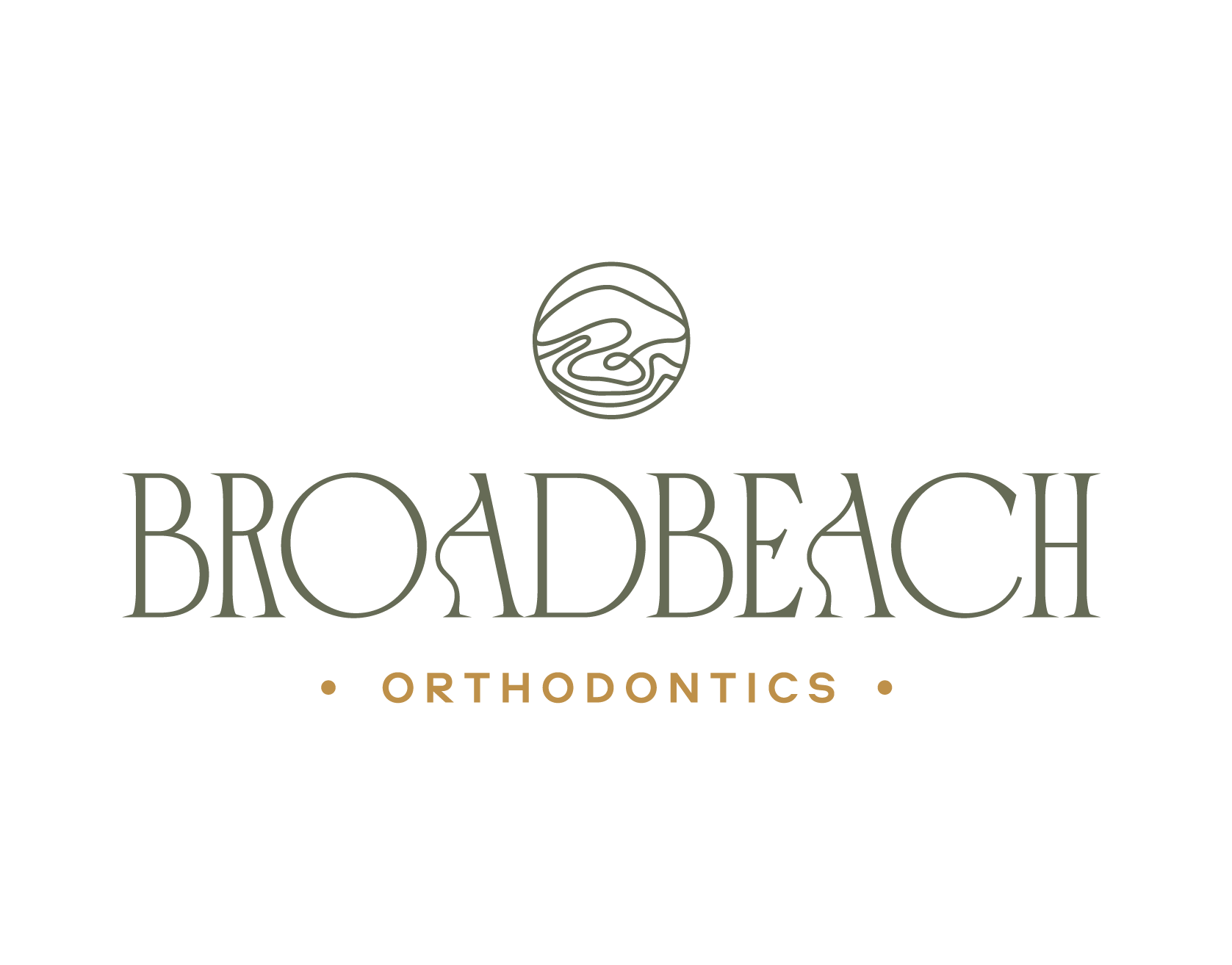Primary tooth ankylosis, a condition where a baby tooth fuses directly to the jawbone, can often go unnoticed but has significant implications for a child’s dental development. As a parent, understanding this condition and the importance of early orthodontic assessment can help ensure your child’s long-term oral health.

What is Primary Tooth Ankylosis?
Normally, baby teeth fall out to make way for permanent teeth, thanks to the natural process where the roots of the primary teeth dissolve. However, when ankylosis occurs, a baby tooth becomes “stuck” to the bone, preventing it from moving or exfoliating naturally. This can lead to various issues, including delayed eruption of the adult tooth, misalignment, or even an impacted permanent tooth.
How to Spot Primary Tooth Ankylosis
Parents might notice that one or more of their child’s baby teeth seem lower than others, or perhaps they don’t fall out when they should. The affected tooth often appears submerged or shorter than the surrounding teeth, and it may not be mobile. In many cases, the problem becomes apparent only during routine dental exams, which is why regular check-ups are essential.
Why Early Orthodontic Assessment is Key
While some cases of primary tooth ankylosis resolve without intervention, many require orthodontic assessment to prevent long-term issues. Here’s why early intervention matters:
- Guided Eruption: Orthodontists can monitor the development of the permanent tooth and, if necessary, create space for it to emerge correctly. In some cases, an ankylosed tooth may need to be extracted to ensure the adult tooth erupts properly.
- Prevent Misalignment: If left untreated, an ankylosed baby tooth can cause neighbouring teeth to shift into the wrong positions, leading to bite issues and crowding. Early orthodontic intervention can guide the proper alignment of the teeth.
- Impact on Jaw Development: Ankylosed teeth can restrict the natural growth of the jaw, leading to asymmetry or improper jaw alignment, which might require more extensive orthodontic treatment later on.
- Planning for the Future: When primary tooth ankylosis is identified early, your orthodontist can create a treatment plan tailored to your child’s unique needs, minimising future complications.
How Orthodontics Can Help
At Broadbeach Orthodontics, we understand how critical early diagnosis is for conditions like primary tooth ankylosis. During a child’s initial assessment, our orthodontist will evaluate not only the teeth but also how they are developing within the jaw. In cases where ankylosis is detected, we can develop a plan that may involve monitoring, creating space for the adult tooth, or in some cases, referring to a periodontist for further evaluation of the surrounding tissues.

Don’t Wait to Seek an Assessment
The key takeaway for parents is to not wait until there’s a visible issue. If you suspect something unusual with your child’s teeth, or if you’ve noticed delayed loss of baby teeth, it’s worth having an early orthodontic assessment. We recommend bringing your child in for their first orthodontic check-up by age 7. This allows us to catch potential issues like ankylosis early and prevent more complex problems down the road.
At Broadbeach Orthodontics, we’re dedicated to providing expert care that keeps your child’s smile on the right track. If you have concerns about your child’s teeth or want to schedule an early orthodontic assessment, contact us today. We put you and your family first, making sure your child’s treatment is always in skilled hands.





